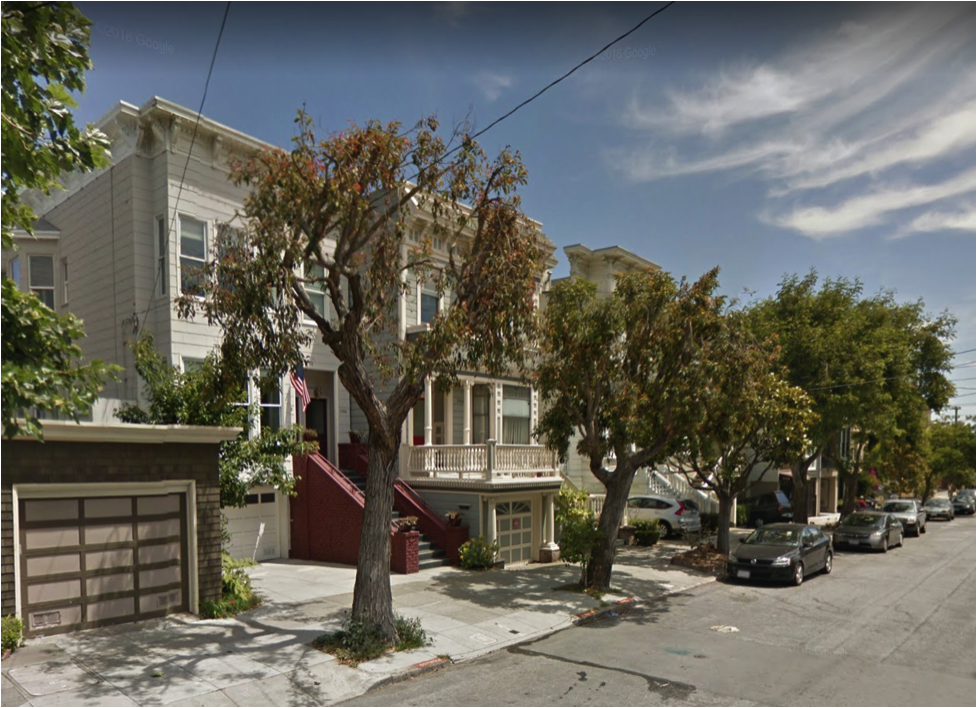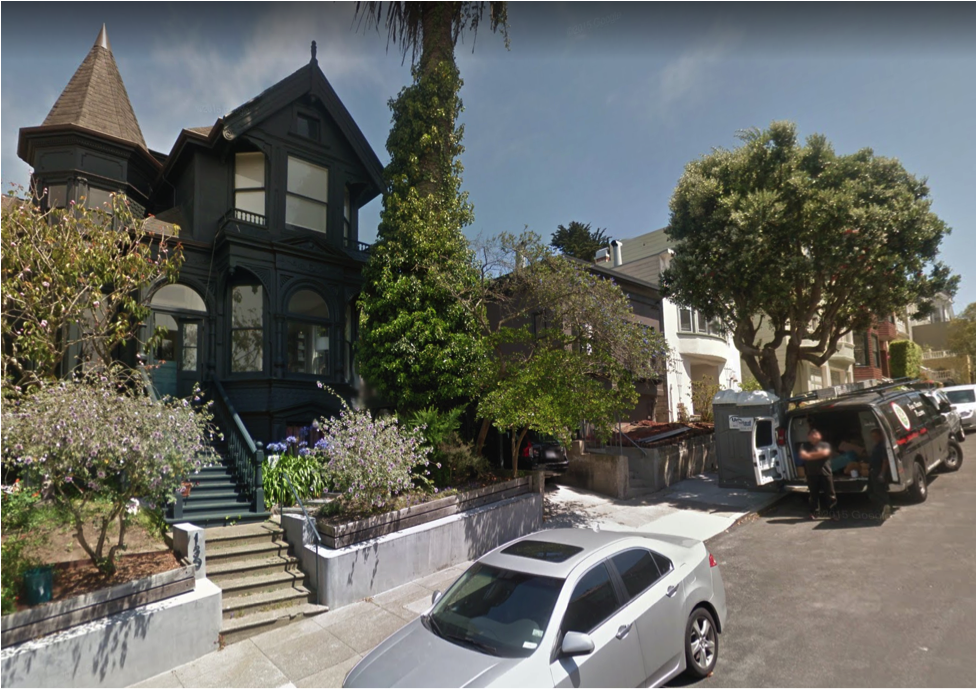Parking with Limits
In anticipation of our upcoming #BlackFridayParking event I wanted to share a bit of a counterpoint, namely a few “right-sized” parking lots for some big name-brand box stores in my neighborhood in San Francisco.
Now, since I live in one of the denser cities in the country, I know many readers will be skeptical right off the bat that however parking may work here, it couldn’t work that way anywhere else. But just to put things in context, I don’t live in a high rise downtown and my neighborhood doesn’t have subway or commuter rail access. My street looks mostly like this:
And thanks to San Francisco’s over-zealous zoning, most of us who live west of the city live in strictly limited single-family zones with commercial development confined to a few strips here and there. In other words, it’s different, but not that different from a typical US suburban neighborhood.
So back to those parking lots I mentioned. Where exactly are they? Here’s one:
This is the Target nearest to my house. I’m not a great photographer, but you can see there are about 6 rows of 12 spaces, or 72 spaces in this parking lot, which isn’t very big for a Target. It looks like maybe a smaller Target store, but this one has a bit of a trick. It’s built into a hill so steep, the store (and the parking lot!) is split-level. Here’s the level below:
There are roughly another 5x12 (60) spaces down there, bringing us to 132. Not small, but not big for a Target. And of course, you’ll notice that the parking lot isn’t full, even though I took these pictures just after work on a Friday, which, anecdotally, is one of the busiest times that I’ve gone.
I called this parking lot “right sized” specifically because what you see is just a few empty spaces and a lot of turnover where people pull in, wait a moment while someone else leaves, then park in the freshly vacated space — but you don’t see a lot of people stuck unable to park.
There’s another big name store nearby that has a much smaller lot:
At the Whole Foods, I counted 4 rows of 8 spaces, or 32 total spaces. This one is pretty tight, but in practice, I observe most of the same pattern you see at the Target; someone pulls in just as someone else is leaving (though it’s a lot more common for someone to idle for a few minutes waiting for a space to open up).
So how is Whole Foods able to get away with so much less than the nearby Target? I have two observations that may explain it.
First, people tend to make smaller purchases at Whole Foods than they do at Target. Thus, I see more people walk or bike to and from Whole Foods, compared to Target where almost all the traffic is by car. One of the main benefits of the car is to haul a big load of stuff around, after all.
Second, I think the Whole Foods is an illustration of how latent demand works. I’m sure they’d love to have more parking, but they built as much as they could and trusted that people would figure it out. I, for one, am glad they don’t have any more parking, because the store is really crowded inside and the checkout lines are quite long.
Yet at any given time, there are a non-trivial number of people who consider going to Whole Foods and decide not to, since they know the parking lot is almost guaranteed to be full at that time of day and they don’t feel like walking (or it’s too far). If there were a larger parking lot, some people who live close by and walk would drive instead, and some people who decided not to go would go, but the reduced congestion outside the store would just result in worse congestion at the next bottleneck: the checkout lines.
When we talk about parking in cities it’s helpful to keep latent demand and human adaptability in mind, which is to say that people tend to adapt and “figure it out” if they want to go someplace that doesn’t have abundant parking. They may choose an off-peak time, or they may choose to carpool or walk or bus farther than they normally would.
Conversely, people also tend to “de-adapt,” and consume as much parking as is available. As a brute force way of “solving” parking, most conventional zoning ordinances are designed so that there’s more parking required than would be utilized in the highest peaks of the year — as #BlackFridayParking illustrates. The consequence of this is a lot of grossly unproductive real estate sitting idle all year, and underutilization of the expensive public infrastructure that supports it.






A long-time volunteer and contributor to Strong Towns, Andrew Burleson is a senior engineering manager based in Denver, Colorado. He currently serves on the Board of Directors for Strong Towns. He's had a diverse work life, spending time in newspaper publishing, urban planning, and real estate before making the switch to software. While in Houston, Andrew helped start the CNU Houston chapter. He and Chuck Marohn met through CNU, and Andrew was immediately all in on Strong Towns. Andrew has been a key advocate for the transition of the group from an engineering-centric blog to a broader movement-building organization.